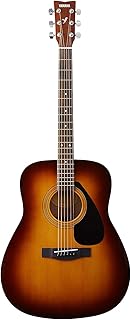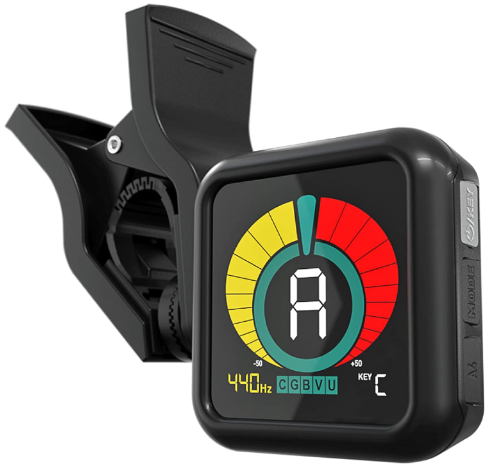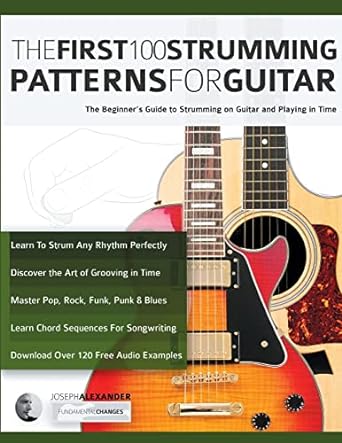Learning how to play the guitar can be an exciting and fulfilling journey. Whether you’re starting out for the first time or revisiting a musical interest, this guide will give you the essential steps and tips you need to begin your guitar-playing adventure.

1. Choose the Right Guitar for Beginners
The first step is to choose a guitar that suits your needs. There are two main types of guitars for beginners:
- Acoustic Guitar: Great for folk, pop, and classical music. Acoustic guitars are generally easy to use, and no additional equipment is required.
- Electric Guitar: Ideal for rock, blues, and more modern styles. Electric guitars are easier to play for beginners due to their lighter strings and lower action (the distance between the strings and the fretboard).
Make sure the guitar feels comfortable and fits your hand size and body.

2. Learn the Basic Chords
One of the first things you’ll need to master is the basic guitar chords. These chords form the foundation of most songs. Some of the most common beginner chords include:
- C Major (C)
- G Major (G)
- D Major (D)
- E Minor (Em)
- A Major (A)
These chords are easy to learn and can be found in many popular songs. Practice transitioning between chords until it feels natural.
3. How to Tune Your Guitar
Before you start playing, always ensure your guitar is in tune. You can use a digital tuner, tuning app, or even tune by ear. Standard guitar tuning follows the notes E A D G B E from the thickest string to the thinnest.
4. Learn Basic Strumming Patterns
Strumming is a crucial part of guitar playing. Start with simple patterns like Down-Up-Down-Up and keep your hand relaxed as you strum across the strings. Practice regularly to develop a good sense of rhythm.
5. Play Your First Song
Once you’ve learned a few chords and strumming patterns, it’s time to play your first song. Choose something simple with only a few chords, such as:
- “Horse with No Name” by America (two chords)
- “Stand by Me” by Ben E. King (four chords)
- “Knockin’ on Heaven’s Door” by Bob Dylan (three chords)
Learning full songs will give you a sense of accomplishment and motivate you to keep practicing.
6. Practice Regularly
Consistency is key when learning how to play guitar. Try to practice for 15-30 minutes every day rather than having long, sporadic sessions. Short daily practice helps build muscle memory and makes it easier to progress.
7. Explore Online Lessons
In today’s digital world, there are countless online resources to help you learn guitar at your own pace. Websites like JustinGuitar, Fender Play, and YouTube tutorials offer step-by-step lessons for beginners.
8. Don’t Get Discouraged
Learning guitar takes time, patience, and persistence. There will be times when it feels challenging or frustrating, but don’t get discouraged. Focus on small, incremental progress, and enjoy the process.
9. Set Goals
Setting goals is an excellent way to stay motivated. Whether it’s learning a particular song, mastering a difficult chord, or improving your strumming, having a goal will give you something to work towards.
10. Have Fun!
Remember, playing guitar should be enjoyable. Celebrate your progress, play songs you love, and enjoy the creative outlet that guitar playing provides.





